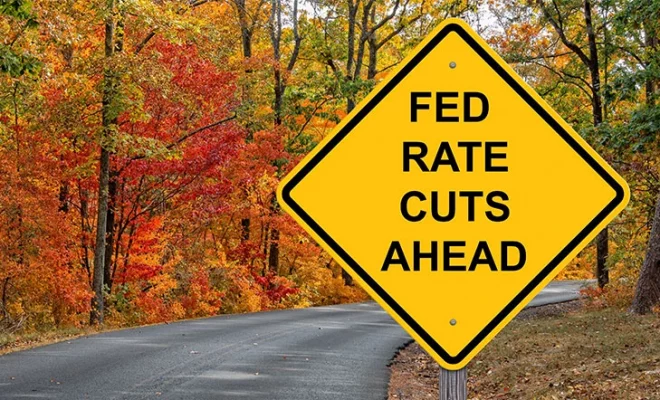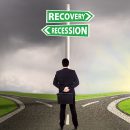Investing Roadmap for Mid-Career Accumulators

People in their mid-careers (above 40 and early 50s) can find themselves at an odd place. As far as their career is concerned, they have reached a significantly strong position of power, with consistent salaries, and stable work routines. But on the contrary, their personal position may be dwindling with piling mortgages, loans, credit card bills, insurance premiums, etc. Some also deal with impending liabilities such as marriage and higher education expenses of their children. At this juncture, retirement seems more real than it did ten years ago and the pressure to save more is burdening.
Most financial journals also carry out investment advice that is either directed at the younger generations or is structured to suit the likes of those already retired. In such conditions, it is essential to effectively frame a financial roadmap and ensure that you are on the right track, absolutely in sync with your long-term goals.
For those juggling with the two-time horizons, here is some investing advice that can help.
Table of Contents
1. Make a plan and be disciplined
In your mid-career (15 to 20 years into your working life), you tend to lose sight of your long-term plans. With an advancing career trajectory and rising expenses such as debt obligations, education expenses of children, miscellaneous expenditure, etc., people are bound to deviate from the broader goal, which for many is retirement. Hence, you need to make a plan to achieve the desired goal like being financially prepared for old age or accumulating college funds for your children. You must aim to make every possible effort to follow a disciplined savings strategy.
2. Save diligently and aggressively
At this point, your career will ideally be stable and with a consistent income flow and laid out expenses. Hence, you must frame a longer goal and make aggressive efforts to save more. For example, if at the age of 40, your goal is to save $ 100,000 for your retirement, then you must save at least $230, 000 (factoring in 5% inflation) if you wish to retire at the age of 66. In case you have other listed priorities such as health expenses, travel, etc., then you should factor in each of these in your overall goal and accordingly increase your present-day savings. It is crucial to remember that in this mid-life phase, some people might let material possessions such as luxury clothing, cars, etc., eat up most of their money, leaving only a handful for savings. But to not deviate from your goal, you must save consistently. You can think about investing in a 401(k) account and increase your contributions as and when you get a salary raise.
3. Pay off 90% of your debt obligations
To be sure that you are taking measured futuristic steps, it is important that by the time you are in your mid-career, the only debt obligation you have is your home loan. All education loans, credit card bills, etc. must be duly paid and closed. It is crucial to remain almost debt-free in this phase of your life since your financial obligations are likely to double with your retirement so close. To balance both worlds, you should have more money in retirement and investment accounts and less stuck up in interests on loans.
4. Invest tactically
This is the time to invest strategically. At this point, you can neither follow an all-in approach (by investing in stocks and barely in bonds), nor can you be extremely cautious and invest only in bonds while keeping away from stocks. Instead, this is the perfect stage to balance both ends. When you are in your early mid-career, i.e. below 45, your portfolio should include high-risk assets that offer high return potentials. As you advance towards the end of your 50s, your portfolio should make way for less-volatile investments such as high-quality bonds. It is advisable to keep 70 to 80% of your holdings in stocks. Even though bonds are good shock absorbers, aggressive asset allocation increases portfolio earnings which are most likely to set off the impact of inflation in the long run.
5. Balance your goal and risk capacity
While most investors set their overall goal as per their savings and investment meter, it is critical to acknowledge the role of risk too. Goals and risk are directly related. The longer the goal timeline, the better is the risk-taking capacity of a person. For instance, if person X’s goal is to save for their child’s college education which is likely to begin in 5 years, the investment strategy will involve lower risk and more stable returns.
On the contrary, for person Y, who is 40 years old and is expecting to save for retirement (at the age of 66), there is ample time. In such a case, person Y can opt for riskier and more rewarding investments. Moreover, at this age, investors must also ensure optimal asset allocation and asset rebalancing from time-to-time to keep the investments in line with changing objectives and age.
6. Maximize retirement savings
A mid-career accumulator must prioritize your retirement first. No matter how many other financial obligations impede your way, you must lay solid foundations now for the future non-working years. In this context, while it is essential to save, it is also vital to maximize your retirement savings by placing them in tax-advantaged accounts such as an individual retirement account (IRA) or a 401(k) account. But, given the restrictions of maximum allowance of both these accounts, it might be challenging to reach an optimal stage. Just like your age, your income also increases, and so does your saving capacity. For a person in their mid-career and having maxed out all their retirement savings accounts, it is important to analyze other retirement-vehicles such as the health savings account, etc. to maximize their funds.
7. Take an exhaustive insurance policy
Insurance policy cover for a mid-career accumulator is an utmost necessity. In this stage, people usually have dependent family members, increasing healthcare needs, etc. All early age insurances, including health, disability, property, life insurance, and others, should remain intact. Additionally, personal liability covers and protection for valuables should also be added to this list. Exhaustive insurance policies may sound like a piece of conventional advice, but these always provide for tough times. It is best to opt for insurance policies as early on in life since the premiums will increase as your age advances.
8. Create a contingency fund
No matter the age, a contingency fund is always an ideal choice. But the vital thing to note here is that the amount that needs to be secured leaps when you are in your mid-life as compared to younger days. This is the time to create a contingency fund to sustain almost one year of expenses without an income rather than six months which was ideally sufficient to sustain expenses in your youth. This fund needs to increase not only because you are liable to incur more expenditures but also because finding a job at this point would be more challenging given the specifications of your profession and salary figures.
To sum it up
It is crucial to take balanced steps. You do not need to approach an entirely conventional investment roadmap, but every risk in your portfolio must be well calculated. It is also critical to aim higher, think broader, and plan wisely to secure stable and high futuristic rewards.
To ensure you achieve set targets, you can also seek professional help from financial advisors.
















